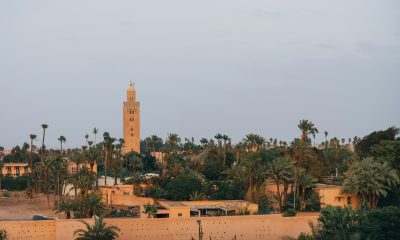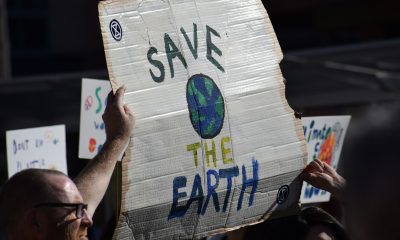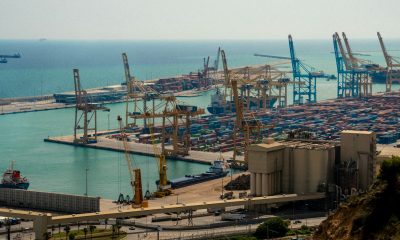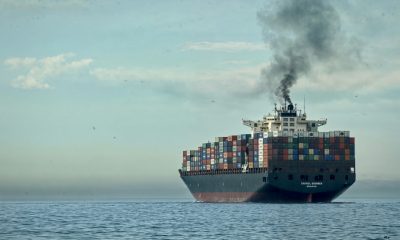Africa
Morocco Rebuilds Its Merchant Fleet with the Return of the PS Oufella
Morocco’s merchant fleet revival begins with the oil tanker PS Oufella registered under its flag, signaling a return to global maritime trade. Expert Najib Cherfaoui urges implementation of existing studies, proposing a $1 billion self-financing fleet plan. Rebuilding could save $2 billion in freight costs, strengthen sovereignty, create GDP growth, and boost Morocco’s maritime influence.
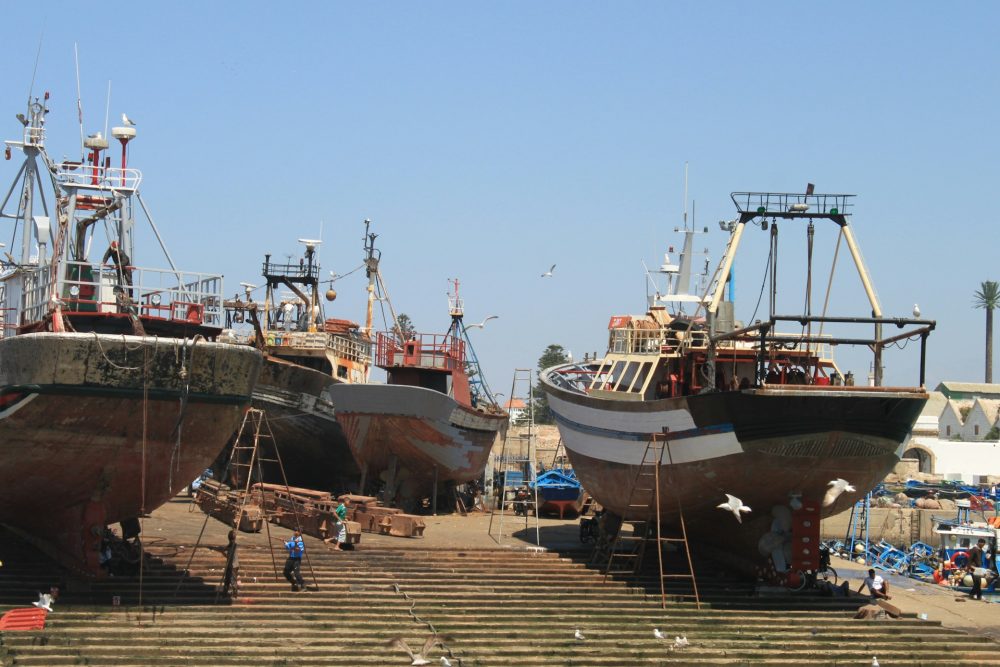
The rebuilding of the merchant fleet is now a reality. After years of waiting, an oil tanker, renamed PS Oufella, has just been registered under the Moroccan flag. This symbolic acquisition marks Morocco’s concrete return to the world maritime stage and paves the way for a genuine revival of the national fleet. As for the strategy to be followed, the path is already laid out.
For Najib Cherfaoui, “a single paragraph is insufficient to address a subject as strategic as the maritime fleet.” The expert was reacting to the limited space given to maritime transport in the explanatory note for the 2026 Finance Bill. It is true that Morocco is once again turning its attention to the sea, in a particularly volatile geopolitical context, marked notably by tensions in the Red Sea.
Morocco embarks on a $1B fleet revival to boost sovereignty, cut freight costs, and reclaim maritime strength
The upheaval in global trade routes, which now necessitates rounding the Cape of Good Hope, has brought the issue of the national maritime fleet back to the forefront. Najib Cherfaoui, a prominent figure in the sector and a fervent advocate for the revitalization of the Moroccan merchant fleet, has been campaigning for years for the reconstruction of a truly national flag carrier.
According to maritime experts, lacking a clear and relevant deliverable, the draft budget law (PLF) merely provided an overview of the progress of the strategic study and its initial conclusions. Najib Cherfaoui believes this lack of substance stems not from political disinterest, but rather from a profound ignorance of maritime realities. In this regard, he pointed out that a comprehensive study was conducted over the past ten years by graduates of the Hassania School of Public Works.
“From 2014 to 2024, we worked on a thousand pages of analysis on the history, cycles and prospects of the Moroccan fleet up to 2040. This work, the result of a collective effort, traces the trajectory of the merchant marine since 1886, its four major crises (1911, 1945, 1970 and 2006) and its three renaissances,” he said.
The expert laments that this study, despite being published, is completely unknown to public authorities. “They’re going to start all over again, even though everything has been thoroughly examined. The challenge isn’t to produce new reports, but to implement existing findings, define needs, structure the sectors, organize financing, and, above all, embrace the role of the sea in national sovereignty,” he argued. He added that a strategic fleet is not protectionist in any way.
Its aim is to guarantee Morocco’s security in raw materials, energy, and food products, while ensuring the smooth export of phosphates and their derivatives. Cherfaoui’s proposed model is simple. With the initial investment required to rebuild a fleet of solid and liquid bulk carriers estimated at one billion dollars, the revenue generated by domestic traffic (phosphates, fertilizers, grains, and hydrocarbons) guarantees the overall viability.
Thus, the ship finances its own purchase. This mechanism, supported by a domestic market of 70 million tons per year, would be sufficient to revitalize the national flag carrier and ensure the profitability of twenty new bulk carriers. In this scenario, the State would pay nothing. Its role would be more that of a guarantor than a financier. In short, the financing would rely on three main actors: the ship itself, its owner (the lessor), and its operator (the lessee).
Financing mechanisms:
The economic benefits for Morocco would be considerable. At the moment, Morocco spends nearly two billion dollars a year on maritime freight, which represents “a sum completely wasted, as it creates no national value,” analyzed Cherfaoui.
Reinvested in the construction and operation of Moroccan ships, this expenditure could generate between two and six percentage points of GDP, particularly thanks to the opening of the African market. The expert cites coastal shipping in West Africa as a natural opportunity given geographical proximity, population growth, and economic complementarity.
“We don’t have to look for a market, it already exists, it’s waiting for us,” the expert advises.
But beyond the figures,the interviewee defends a comprehensive vision. According to him, Morocco finds itself in an unprecedented geostrategic position. “We have become a global maritime resource, a natural corridor between the Atlantic and the Mediterranean. This shift places the Kingdom at the heart of alternative routes linking Europe to Asia, and gives it a major logistical role, further strengthened by the rise of Tangier Med and the rediscovered Cape of Good Hope. In this context, the gradual rebuilding of the national fleet takes on symbolic value.”
The maritime expert is delighted with the acquisition of a tanker under the Moroccan flag last October. Najib Cherfaoui revealed to us exclusively that the vessel, built in 2007 in Bhavnagar (south-central India), has been renamed PS Oufella. It will now be based in Agadir. It is currently being transferred from Bremerhaven (northern Germany) to the Rotterdam shipyard for compliance work before its deployment.
A trend towards stability in Morocco
The issue is not only economic. Control of freight, observes Cherfaoui, has direct macroeconomic effects. “Transportation always generates inflation. Having a national fleet would allow us to regulate freight costs and, consequently, contain the rise in consumer prices. Morocco could even influence international tariffs on certain routes by imposing more competitive standards. By reducing our costs, we force others to fall in line.”
Regarding the environmental dimension, the expert points out that Morocco possesses some of the richest waters in the world, comparable to those of Peru. This wealth must be protected. The operations of unloading and washing ships’ bilges, often carried out at sea, represent a real risk to biodiversity. Our interviewee calls, in this regard, for the establishment of a strict system of control and regulation, requiring that certain operations be conducted far from the coast, outside the exclusive economic zone. This system, he asserts, would support the fishing, tourism, and biological research sectors, while simultaneously strengthening maritime security.
Regarding recent market developments, Najib Cherfaoui said that after a period of calm, freight prices have climbed to $3,000 for a 40-foot container. However, according to him, this surge remains temporary. It stems from the new constraints imposed on carriers since the Mediterranean became a zone with controlled sulfur emissions of 0.1%.
These environmental requirements, which came into effect on May 1st, 2025, have led to adaptation costs that operators are passing on to freight rates. However, a readjustment is expected in the long term. Ultimately, while numerous challenges remain, including financing, governance, and the energy transition, the momentum generated suggests more than just a temporary adjustment.
A long-term ambition is emerging: that of a confident maritime Morocco, looking towards 2040, where the sea will once again become a pillar of power, knowledge, and independence.
__
(Featured image by MIGUEL BAIXAULI via Unsplash)
DISCLAIMER: This article was written by a third party contributor and does not reflect the opinion of Born2Invest, its management, staff or its associates. Please review our disclaimer for more information.
This article may include forward-looking statements. These forward-looking statements generally are identified by the words “believe,” “project,” “estimate,” “become,” “plan,” “will,” and similar expressions. These forward-looking statements involve known and unknown risks as well as uncertainties, including those discussed in the following cautionary statements and elsewhere in this article and on this site. Although the Company may believe that its expectations are based on reasonable assumptions, the actual results that the Company may achieve may differ materially from any forward-looking statements, which reflect the opinions of the management of the Company only as of the date hereof. Additionally, please make sure to read these important disclosures.
First published in LES ECO.ma. A third-party contributor translated and adapted the article from the original. In case of discrepancy, the original will prevail.
Although we made reasonable efforts to provide accurate translations, some parts may be incorrect. Born2Invest assumes no responsibility for errors, omissions or ambiguities in the translations provided on this website. Any person or entity relying on translated content does so at their own risk. Born2Invest is not responsible for losses caused by such reliance on the accuracy or reliability of translated information. If you wish to report an error or inaccuracy in the translation, we encourage you to contact us.

-

 Business2 weeks ago
Business2 weeks agoThe TopRanked.io Weekly Digest: What’s Hot in Affiliate Marketing [PureVPN Affiliate Program Review]
-
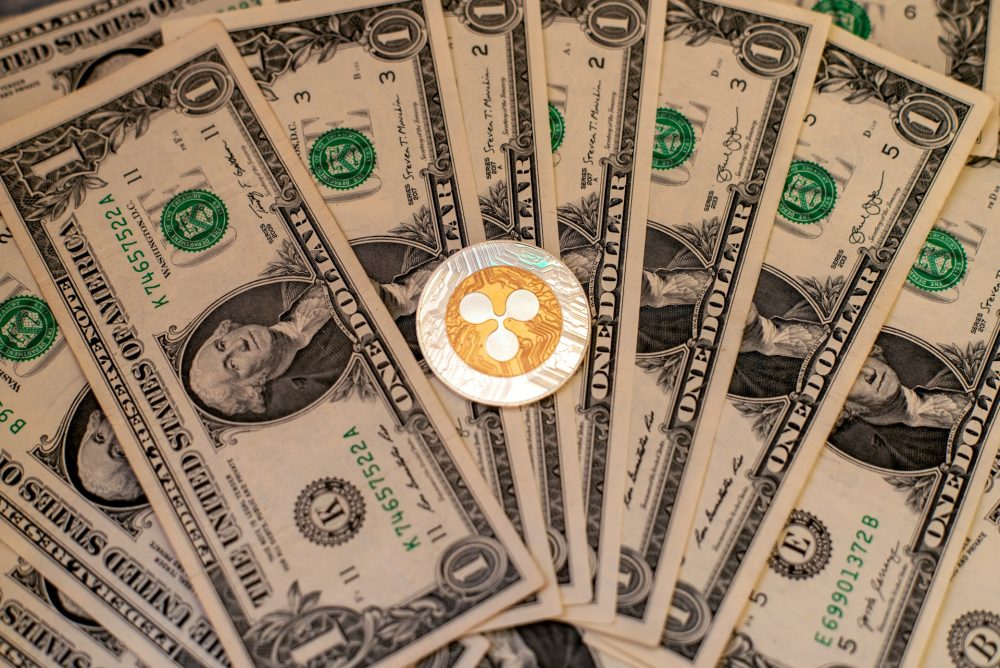
 Crypto6 days ago
Crypto6 days agoXRP Poised for a Breakout: Why 2026 Could Finally Deliver the Growth 2025 Delayed
-
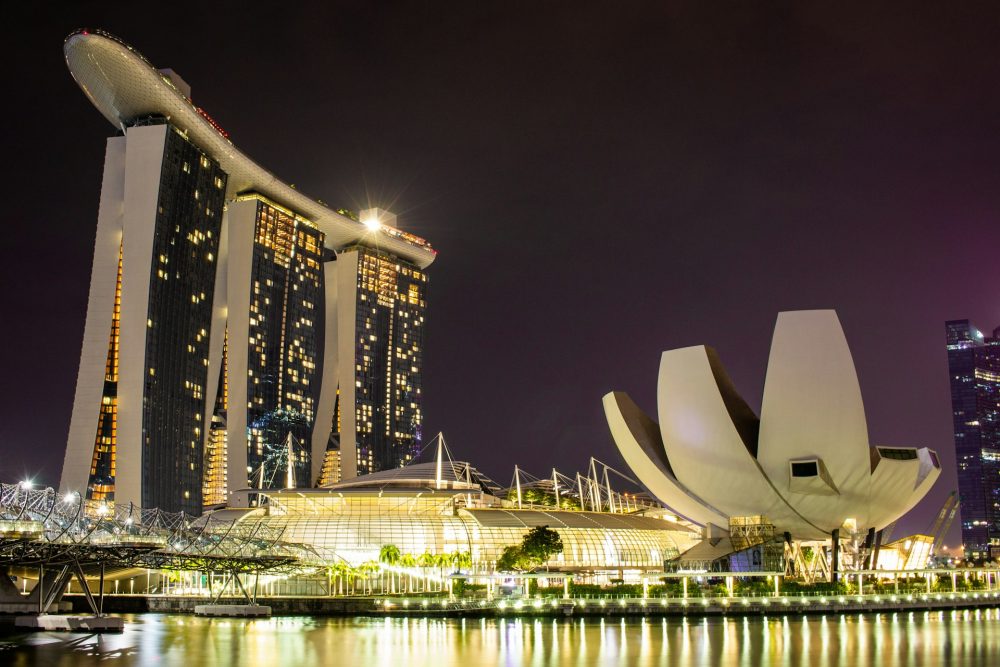
 Crypto2 weeks ago
Crypto2 weeks agoRipple Expands in Singapore as XRP Slips and RLUSD Takes Center Stage
-
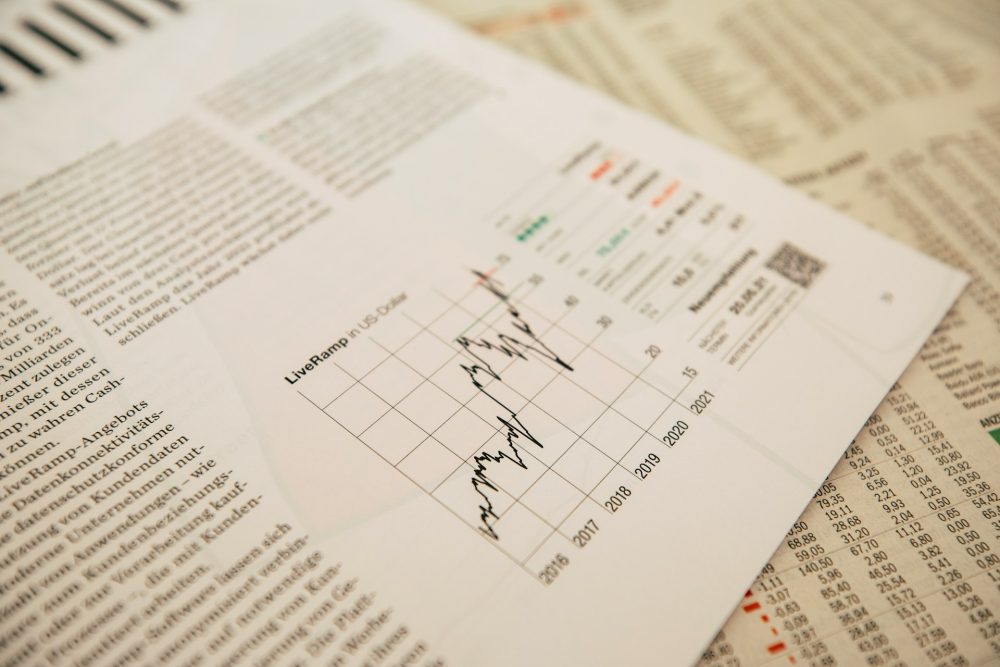
 Business1 day ago
Business1 day agoPrecious Metals’ Bull Market Continues
